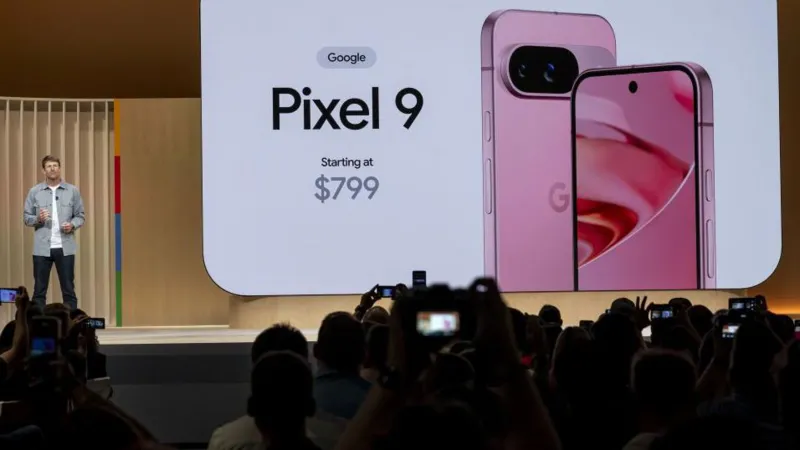Every year around this time, the big tech companies try their hardest to get you to acquire new devices.
Google just unveiled the most recent Pixel 9 smartphones, while Apple then unveiled the iPhone 16.
Samsung debuted the Z Flip6 and Z Fold6, the company’s most recent foldable phones, in July. Huawei, on the other hand, has just raised the stakes in this space with the Mate XT, a phone that folds the screen into thirds and has two folds.
The marketing messages that are being promoted are becoming more and more eye-popping as smartphone sales around the globe slow down.
Tim Cook, the CEO of Apple, claimed that the iPhone 16 will “redefine what a smartphone would do.”
Vice president of product management at Google, Brian Rakowski, waxed poetic about the “gorgeous” Pixel 9’s “stunning” design (whisper it: it still seems a lot like a black rectangle to me).
According to its press materials, Huawei has recently released a consumer brand song that “powerfully expresses the pursuit of dreams, highlighting that every breakthrough and success the company has achieved stems from a belief in dreams.”
Yes, the topic of phones is still on our minds.
Google and Apple have both invested heavily on integrated AI capabilities. In addition to removing unwanted portions from current photographs, Google’s new Magic Editor can add artificial intelligence (AI)-generated material (though my experience suggests that results may vary).
The technology from ChatGPT developer OpenAI is included in Apple Intelligence on the iPhone 16.







